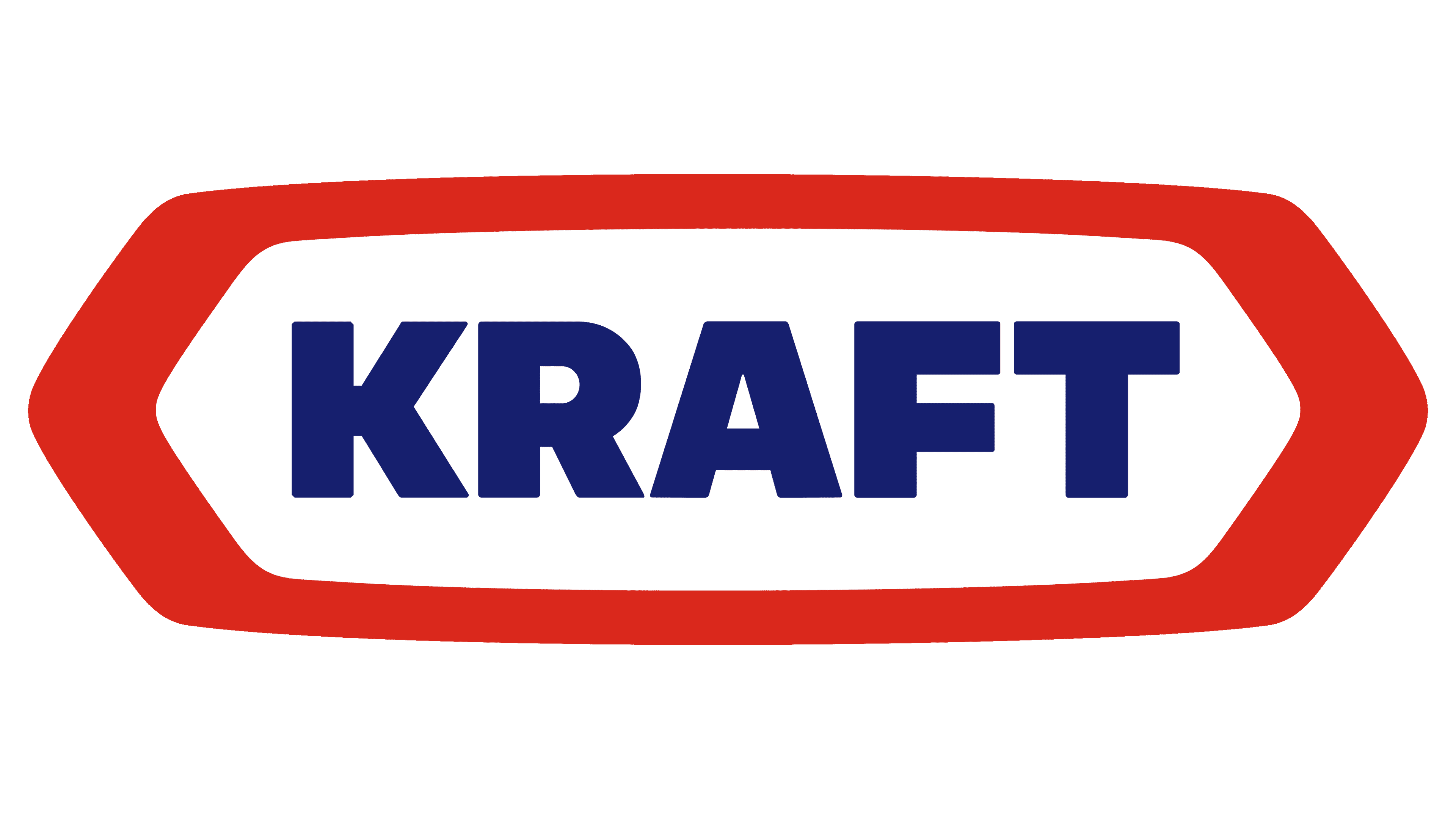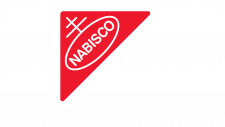Kraft Foods Logo
Kraft Foods, a titan of the global food industry, was revived by the entrepreneurial spirit of James L. Kraft. Its inception took place in Chicago, Illinois, where James began with a modest wholesale cheese delivery business. This venture was driven by a vision to revolutionize food accessibility and quality. Over the decades, Kraft Foods has diversified, embracing innovation to cater to a myriad of tastes worldwide, becoming synonymous with quality, convenience, and culinary creativity.
Meaning and history
In 1903, James L. Kraft started a cheese delivery in Chicago, planting the seed for Kraft Foods. With a horse and wagon, he sold cheese to local stores. By 1914, Kraft had patented pasteurized processed cheese, extending its shelf life significantly. This innovation propelled the company forward. The 1920s saw Kraft Foods merging with Phenix Cheese Company, introducing the iconic Philadelphia Cream Cheese. Post-WWII, Kraft expanded globally, diversifying into various food sectors. The 1980s and 1990s brought about more mergers, enhancing its product range and market reach. Kraft Foods stands as a culinary behemoth, embodying innovation, quality, and tradition in the global food landscape.
What is Kraft Foods?
Kraft Foods, an emblem of culinary innovation, weaves a rich tapestry in the global food panorama, born from the entrepreneurial zeal of James L. Kraft in early 20th century Chicago. Renowned for revolutionizing the way we savor and store food, its journey from a humble cheese cart to a global powerhouse symbolizes a relentless pursuit of quality and diversity in the culinary world.
1926 – 1960
Encapsulated within an octagonal border, a bold “K” commands attention, stark in its black and white contrast. This emblem, minimalistic yet striking, transcends mere alphabetic representation, becoming an icon of taste and tradition. Its sharp angles impart a sense of enduring strength, while the simplicity of the design ensures timeless appeal. A masterclass in branding, it epitomizes the essence of its bearer with understated elegance.
1960 – 1988
The logo metamorphoses, now encapsulating “KRAFT” in bold blue, nestled within a red racetrack-shaped oval. The design exudes dynamism, its curvature suggesting movement and progression. This emblem, radiant with patriotic hues, embodies a blend of tradition and forward motion, reflecting the brand’s enduring presence and its pledge to culinary innovation. The choice of a rounded frame over angularity speaks to the company’s approachability and consumer-focused ethos.
1988 – 2012
In this evolution, the Kraft logo maintains its racetrack oval but shifts to a cleaner, more modern aesthetic. The red is deeper, enriching the backdrop with a bolder presence, while the blue of the “KRAFT” text is a shade lighter, enhancing visibility and contrast. The font is more streamlined, with a contemporary twist, speaking to a brand moving with the times yet anchored in its storied heritage. This design iteration is crisp, confident, and clear—a visual echo of the brand’s market certainty.
2012 – 2012
The logo’s latest rendition softens its font, now with “Kraft” in a gentle, rounded typeface, exuding a friendlier vibe. The iconic oval keeps its race-track shape but the red and blue hues have deepened, conveying a richer tradition and depth. This visual shift reflects a brand that values both its heritage and the need to appear accessible, modern, and welcoming to a global audience. The subtler contrast and softer edges hint at a company in tune with contemporary sensibilities.
2024 – Today
The image presents a slightly different variation of the logo. The elliptical border is more defined and the colors are brighter, which may reflect an effort to modernize the brand’s image. The text “Kraft” appears in uppercase letters, conveying a sense of strength and stability. The font used is sans-serif, which is commonly associated with modernity and straightforwardness.
















